If you haven’t noticed, scallops are the silent superhero of dinner, waiting on the sidelines for you to discover them. Scallops are a simple, nutritious protein, popular even among picky eaters, and fairly easy to find – either fresh or frozen. But most importantly, there are few things faster than pan-searing a few scallops and throwing them on a plate with a simple salad, some steamed veggies, or a bowl of noodles or zoodles.
That said, many folks are intimidated by serving scallops at home, considering these seafood treasures more of a fancy restaurant food. From buying to cooking, let’s learn why these pan-seared scallops with citrus glaze should be part of your regular meal plan rotation.
How to buy scallops
If you want to make pan-seared scallops with a citrus glaze, you need a sear. Pale, rubbery scallops are just a buzz kill.
This is where quality comes in. Fresh vs frozen. Wet vs. dry. And all the names and numbers. How do you know how to buy scallops?
First off, let’s talk wet vs. dry…
Wet scallops have been treated with sodium tripolyphosphate (STP), a chemical that increases their water weight and the price you pay at the market. Dry scallops are untreated. When they hit a hot pan, they don’t release a flood of locked up water and it will be easier to get that brown, caramel crust on the surface of a perfectly cooked scallop.
Dry scallops are fresh, sweet, and briny. Their flesh is translucent. And you won’t find a pool of milky white liquid around them. They tend to spoil quicker and cost more. But they’re well worth the extra price if you want to avoid scallops that are weighed down with STP and water.
That said, if wet scallops are all you can come by, you can extract the liquid by first salting them for 15 minutes and rinsing well. Then you can make the call if you enjoy the flavor of the resulting scallops.
What about names and sizes?
Scallops can be labeled with many names that don’t necessarily indicate a specific size or weight (apart from “jumbo scallops”). These descriptives usually tell you where they were harvested ( bay scallops, sea scallops) or how they were harvested (day boat scallops or diver scallops).
Like shrimp, scallops are measured by a number that looks like a fraction indicating how many there are per pound. 20/30 is about 20-30 scallops in a pound – the smaller the number range the larger the scallops are. You may also see size U/10 or U/15, meaning under 10 or under 15 scallops per pound. U/10 scallops are typically the biggest ones available.
Are fresh scallops better than frozen?
Sure, freshly plucked out of the ocean is always best when it comes to seafood. But in day-to-day life, deciding whether fresh or frozen is better mostly has to do with accessibility and cost. If you live near the coast and have access to high-quality seafood, you’re likely to be able to access really fresh scallops, possibly at a good price. But when properly thawed, frozen DRY scallops cook up just as nicely, and are likely to cost much less.
Are frozen scallops dry or wet?
Frozen scallops can be dry or wet, so it will vary from brand to brand. If yours are not clearly labeled, multiple sources on the internet say that you can test this by taking one scallop from the batch and placing it on a paper towel. Microwave this for 15 to 20 seconds on high. If the towel is quite wet, your scallops are wet, and if the towel is only damp, the scallops are dry.
When in doubt, use the method below for pre-salting, then judge for yourself if they sear nicely and are delicious. Ultimately your taste buds should be the deciding factor.
Wild scallops vs. farm-raised?
While food snobs tend to assume that wild is always better than farmed, scallops, like clams, oysters, and mussels are the ideal farmed seafood. Because they are bi-valves that are filter feeders, these sea creatures actually leave the water cleaner than it was before. Most farmed scallops are imported, so if you’re concerned about the carbon footprint in transport, this is worth considering.
In the wild, scallops may be harvested using hydraulic dredges, which rip up the ocean floor, so when possible, look for sustainably harvested wild scallops.
How to cook scallops
If you’re starting with frozen scallops, thaw them overnight in the fridge, or in a watertight bag submerged in cool water. Don’t use a microwave or thaw them at room temperature.
To ensure you get the sear you’re looking for (this step is essential if you’re using wet scallops) – salt your scallops generously 15 minutes before cooking in order to draw out excess moisture, rinse well, pat dry, and proceed with the recipe.
You can use whatever fat you’d like, but we prefer ours with butter (or ghee). Heat the butter over high heat in a pan until a white foam begins to form.
Place your scallops in the pan in a single layer making sure not to crowd them by leaving plenty of space in between. Cook for 2-3 minutes (depending on the thickness of your scallops) and then gently turn over using tongs. The scallops should be a nice golden color.
Cook your scallops on the other side for 2-3 more minutes or until the center of the scallop reaches 115F. (Note: You don’t need to monitor this, but the scallops will continue to cook through after they are removed from the heat, and will ultimately stop at about 125 to 130F.)
If you don’t have a thermometer, you can cut one in half and make sure that the whole scallop is the same color on the inside. Raw scallops are more translucent; cooked scallops are firm and creamy-white.
This. Is. It. 15 minutes prep time (during which you can also prep your sauce and sides). 6 minutes of cook time.
Pretty much the fastest home-cooked dinner you can make from scratch in a single pan.
If you’re wanting to get fancier, pair your pan-seared scallops with something fresh but satisfying like our Gnocchi with Pesto and Green Beans.
Pan Seared Scallops with Citrus Glaze
- 5.0 stars
- 5m
- 15m
- 20m
Ingredients
- 1 medium orange
- 1 clove garlic
- 1 small jalapeño pepper, optional
- 1/2 c dry white wine
- 2 tbsp. sucanat
- 1 tbsp. raw honey
- coarse sea salt, to taste
- 1 1/2 lb sea scallops, around the size of a smashed ping pong ball
- ground black pepper
- 2 tbsp. butter
Instructions
- If time allows, salt your scallops generously 15 minutes before cooking in order to draw out excess moisture, rinse well, pat dry, and proceed with the recipe.
- Juice the orange - you should have about 1/3 cup per orange. Mince the garlic.
- Remove the seeds and pith from the jalapeno, if using, and mince.
- In a small saucepan combine first all the ingredients except for the salt over medium heat. Whisk to incorporate honey.
- Let mixture come to a simmer for about 15 minutes until slightly thickened, stirring occasionally.
- Sprinkle scallops with salt and pepper.
- Heat butter in a pan until a white foam begins to form. Place scallops in the pan in a single layer with spaces in between. Cook for 2-3 minutes and then turn over. The scallops should be a nice golden color.
- Cook on the second side for 2-3 more minutes or until the center of the scallop reaches 115F.
- Serve immediately topped with citrus glaze.
Nutrition
- 256
- 20g
- 22g
- 1g
- 6g
- 3g
- 55mg
- 11g
- 825mg
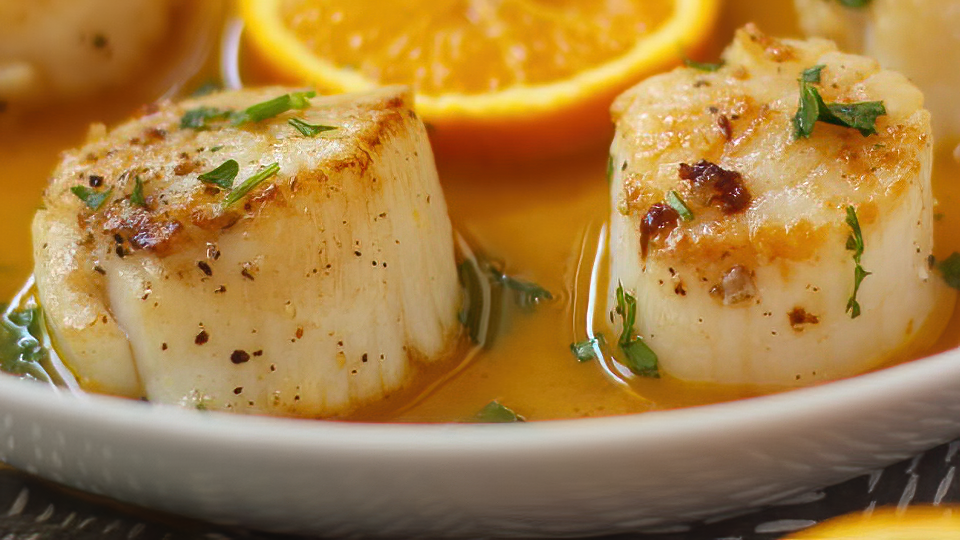

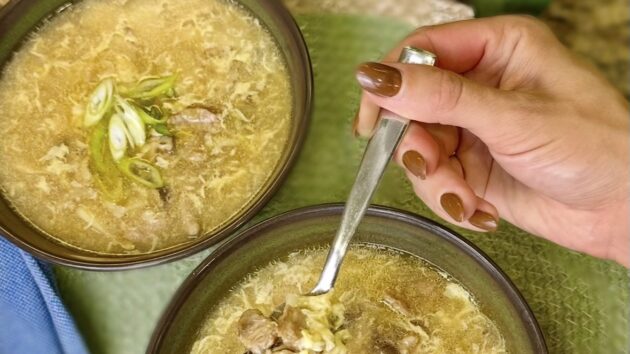
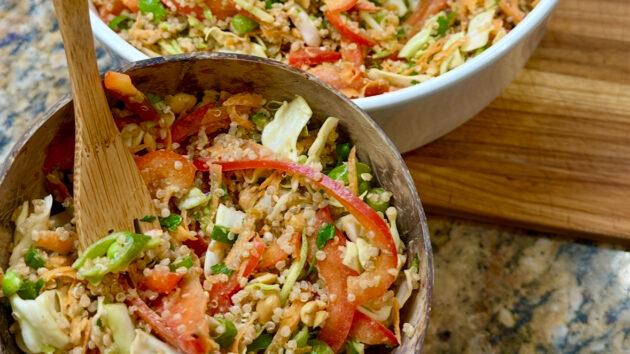
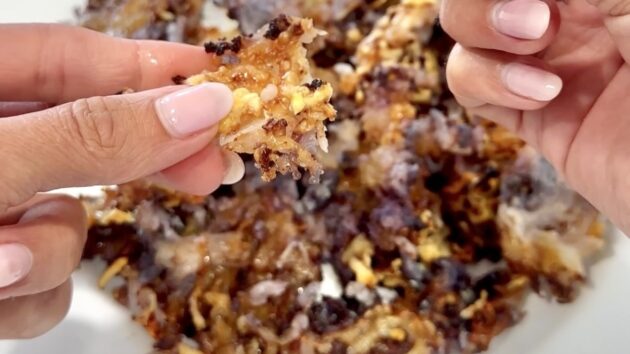
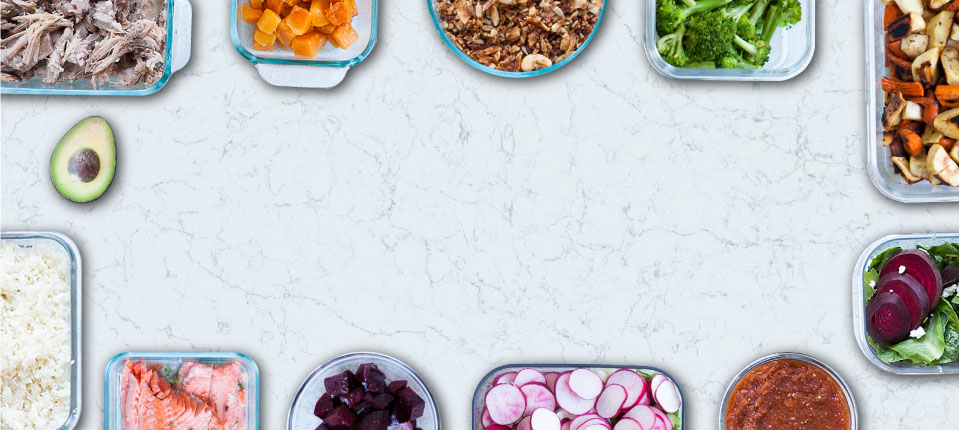
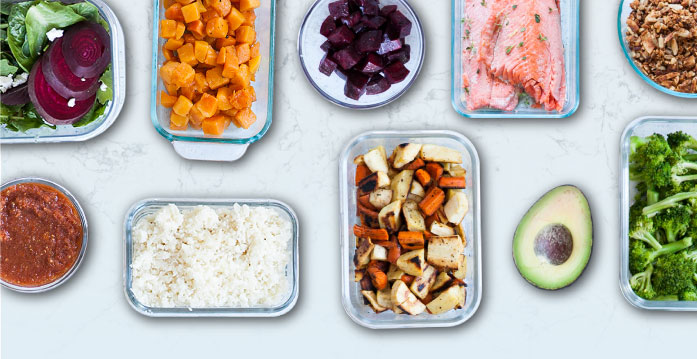
Danielle
Amazing! This is quiet possibly the best thing I have ever made.
Anne
Really Good. This was so simple to make and very good. This is a keeper!
Alene
So tasty. If only scallops weren’t an arm and a leg where I’m at, I would make this all the time. Easy and tasty.